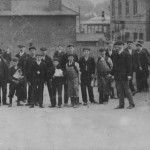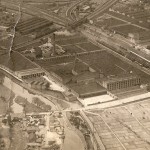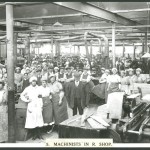Between 1880 and 1920 Jewish people in the Polish part of the Russian Empire experienced intense oppression. Rape, murder and economic persecution swept across the country. Millions fled their homes and made the difficult journey to Britain.
The Great Jewish Migration was a tsunami compared to the first wave. Tens of thousands arrived in Britain, most of them exhausted, hungry and penniless. People complained of an alien invasion, accusing these migrants of taking jobs and housing. There were also hostilities from the existing Jewish community, who were afraid of losing their hard won status.









